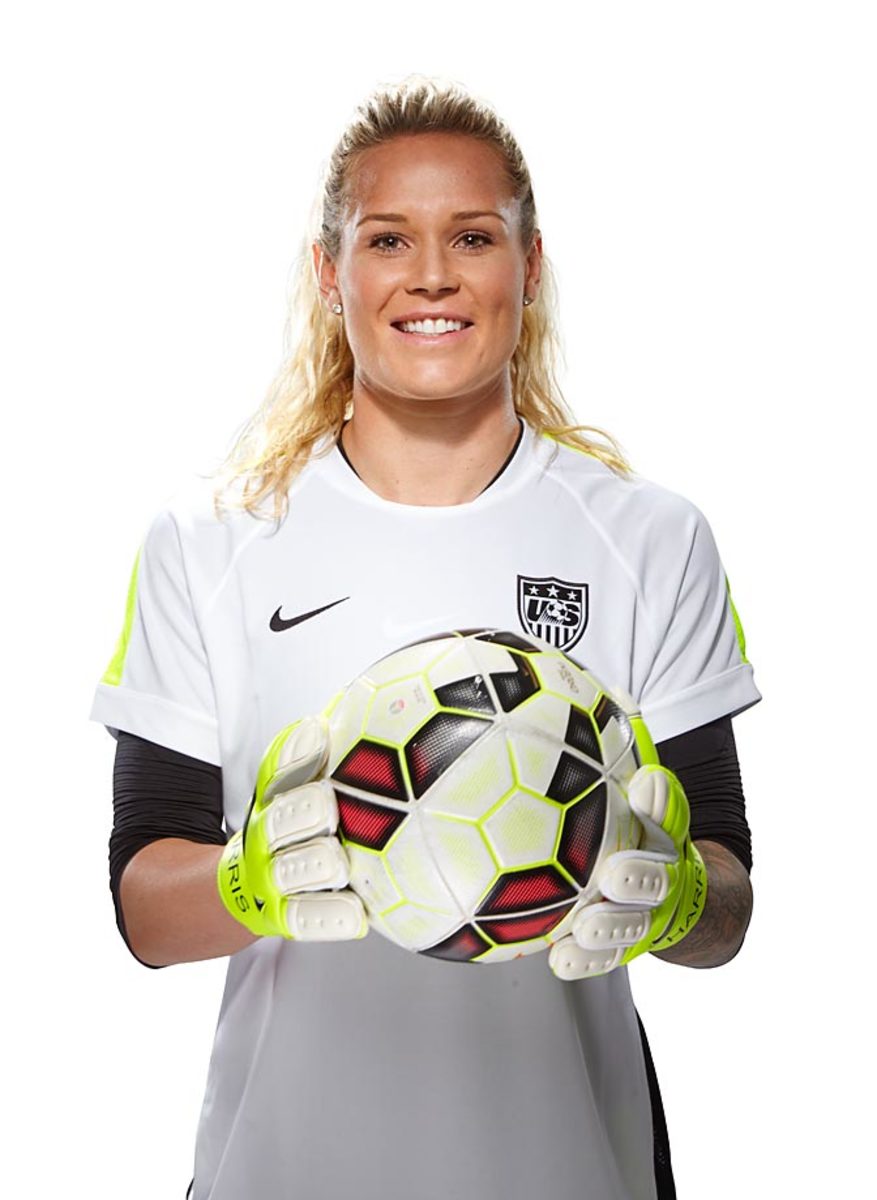USWNT defensively stout but lacking in midfield, attack in World Cup

The United States women won Group D, regarded as the 2015 World Cup’s most difficult, without playing their best soccer. They did so without a loss, though manager Jill Ellis admitted that the team couldn’t be satisfied with its performance through three matches.
“I would be concerned if we weren’t getting opportunities,” she said on Tuesday after the U.S.’s 1-0 win over Nigeria. “I think productivity is always something a coach should want. I would love [for the team] to find the back of the net.”
The U.S.’s chances came primarily from direct play, as Carli Lloyd and Lauren Holiday offered little presence in the attacking block of the field. They have primarily been deployed as dual box-to-box midfielders, facilitating rather than running play in midfield.
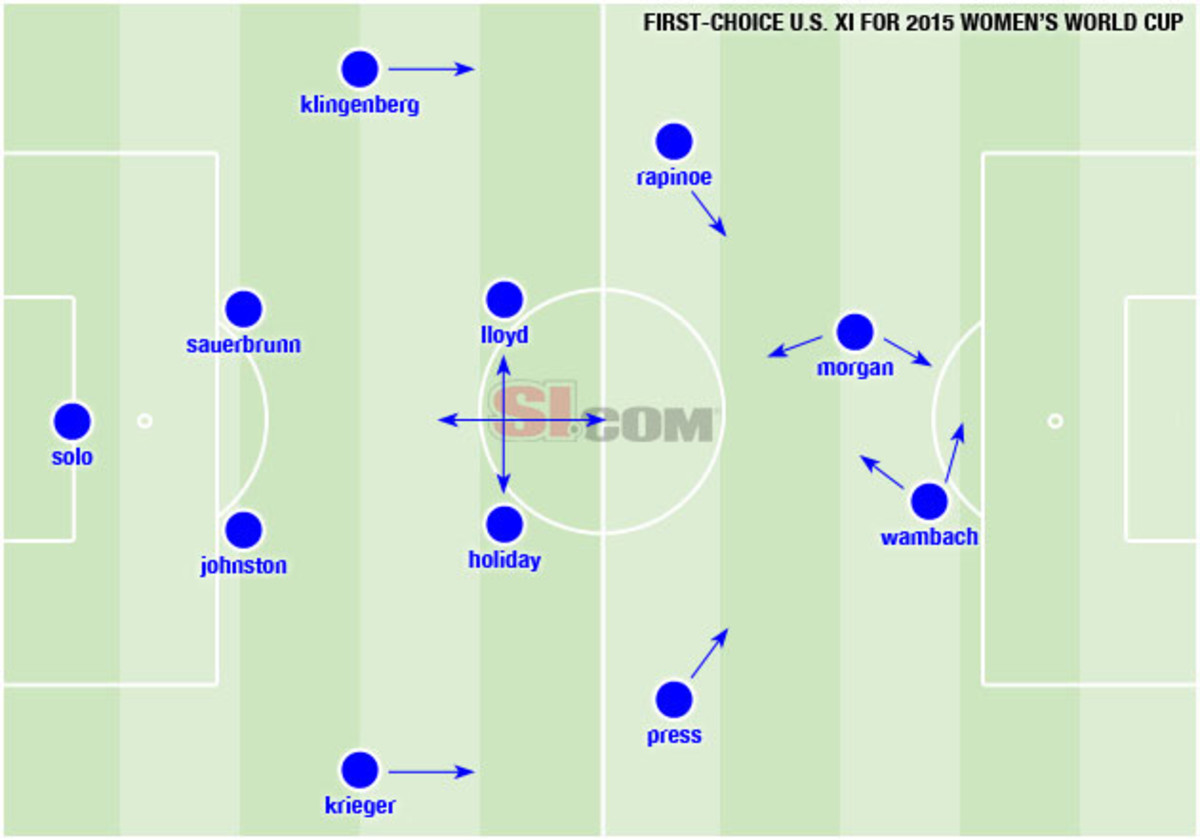
Against Nigeria, Ellis played them in matching No. 6 roles to guard against the Nigerians’ speed. Either way, Lloyd and Holiday shuttled back and forth vertically through the first three games and often concurrently filled the same space with little to separate their horizontal positioning.
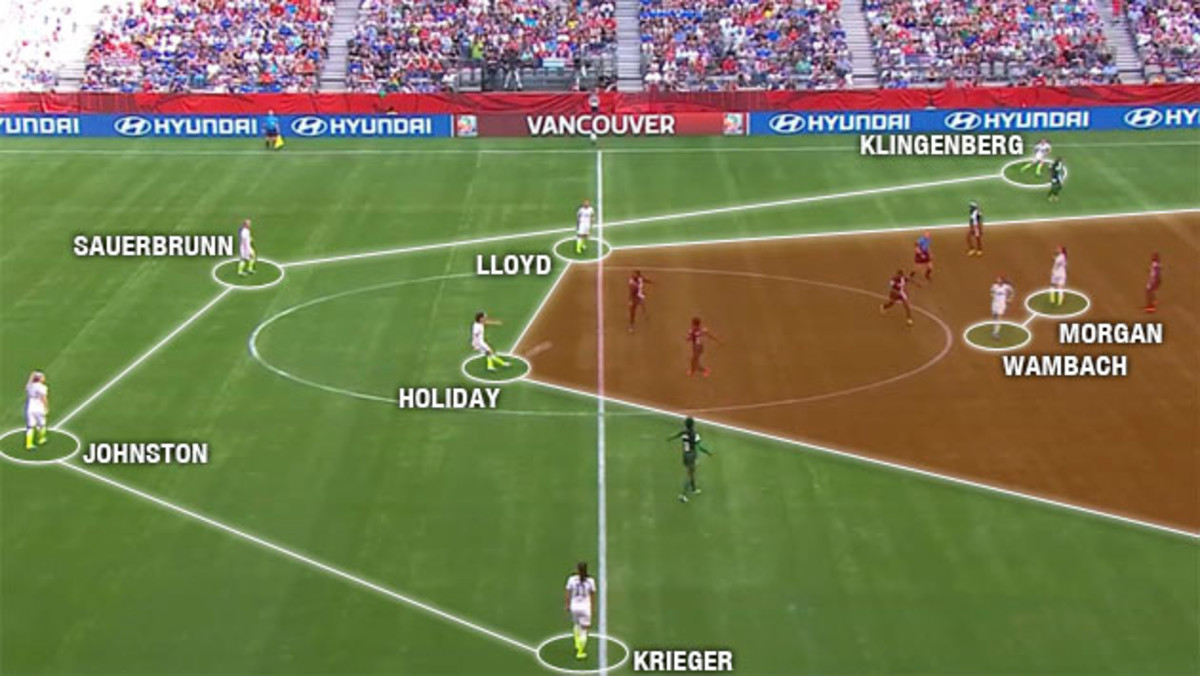
If the U.S. had a central presence in attack, it came from the forwards dropping into the space or wingers tucking inside, particularly when the ball was on the opposite flank. All three opposition teams crowded out the middle, and the U.S. played over or around the No. 10 space as a result with no clear passing lanes or movement to create options.
By the match against Nigeria, even the central midfielders began to pull wider through the run of play to support the wingers and fullbacks’ penetrative movements. Regardless of a team’s style, the middle players link defense to attack, and without much service in the middle, Lloyd and Holiday began drifting toward the touchlines.
The American pattern of attack typically involved diagonal balls from low areas or quick switches across the field, coupled with direct launches toward the forwards. Abby Wambach remained the U.S.’s preferred target, although the directness of its play out of the back didn’t really change against Sweden, when Christen Press and Sydney Leroux started up top together.
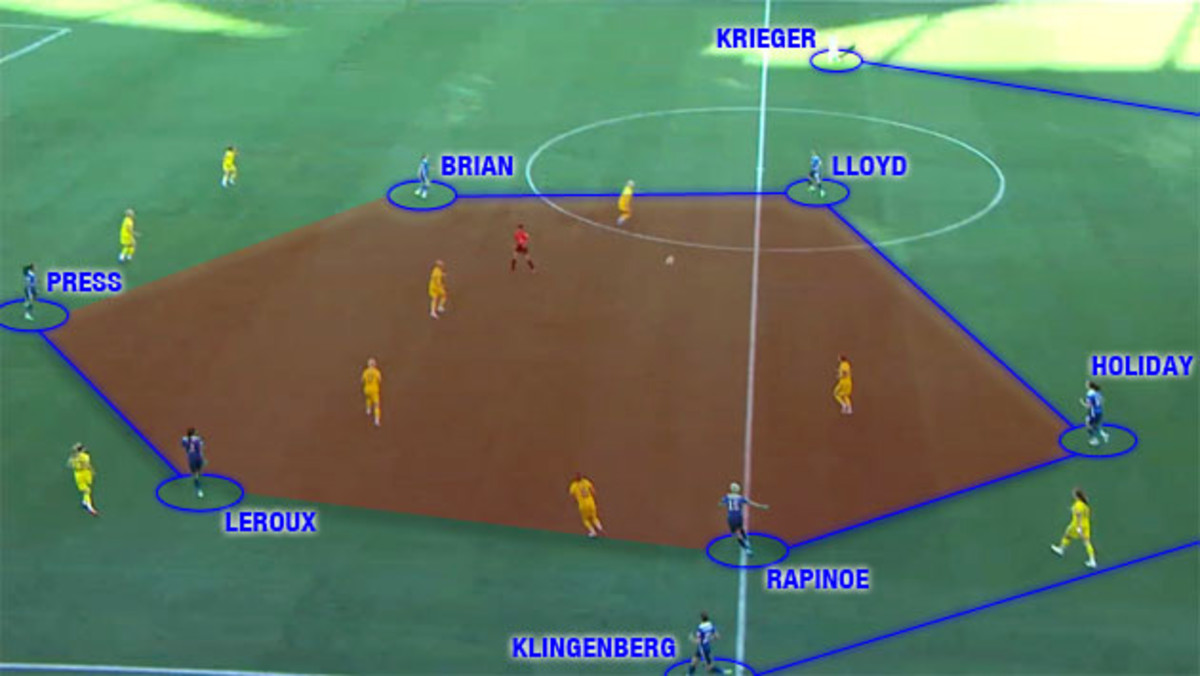
Despite a less-dynamic set of skills than some other forwards on the squad, Wambach was the U.S.’s best option because she best suited the team’s style. When a team resorts to launching passes forward regardless of which attackers are on the field, a big, physical presence is bound to adapt better than a smaller player who wants the ball to her feet, such as Press.
As a result, the U.S. continued to find difficulties in breaking down organized defenses. It’s been a pattern in many matches since Ellis took over; rather than a probing, possession style of play, this U.S. team looks much like it always has, trying to outplay opponents physically rather than technically.
In possession, the Americans circulated the ball too slowly and failed to dictate the tempo to stretch opposing back lines. Instead, they thrived in transition moments, taking advantage of their ability to get up to full speed as soon as possible, and on set pieces.
Familiar Wambach, Morgan USWNT tandem teams together vs. Nigeria
A plethora of transition moments also resulted from every team’s inability to truly control a match all across the tournament, not just in the U.S.’s games. Tactical sophistication in the women’s game still lags behind, although it is improving rapidly, and it should continue to get better as more nations become interested and invest in women’s football.
On the other end of the transitions, the American defensive unit has been one of the best in the tournament.
The individual play and collective shape of all four defenders, but particularly center backs Becky Sauerbrunn and Julie Johnston, were solid throughout the group stage.
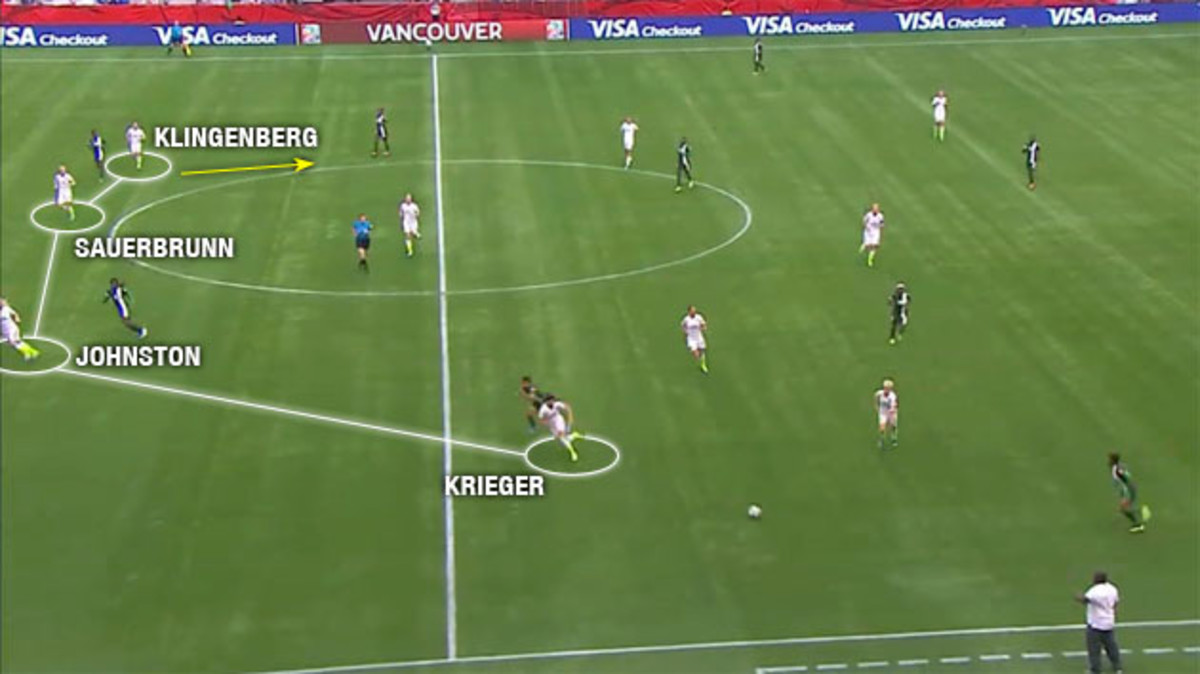
Because of Sauerbrunn and Johnston’s confidence in one-on-one situations, fullbacks Meghan Klingenberg and Ali Krieger could step onto advancing wingers early and pin the opposition into its own end, forcing hopeful balls over the top or into the channels.
That also gave Krieger and Klingenberg good starting positions for those vital moments between defense to attack. Higher up the field from the start of the play, they often provided the best outlets for passes out of the back.
Johnston, Sauerbrunn anchor strong defense in USWNT win over Nigeria
But without a couple goal-saving tackles from Johnston, Klingenberg’s header off the line against Sweden and goalkeeper Hope Solo’s important saves and activity off her line, the results could have looked very different.
Johnston and Sauerbrunn showed great ability to read the game in front of them and know which side of the attackers they should be on to cut off passing angles.
On the occasions the back line failed to track a runner or was simply outpaced, such as against Nigeria, its understanding of defensive cover and recovery runs snuffed out attacks. It helped that all three teams played fairly straightforward tactical systems and hardly ever made unpredictable runs.
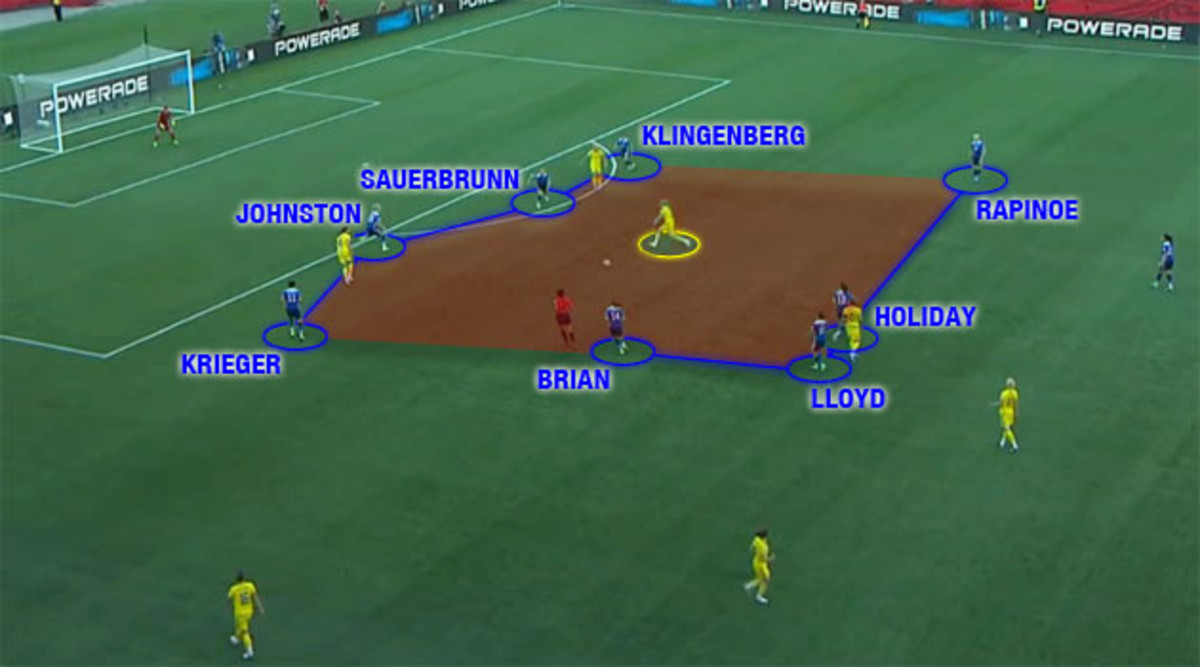
Sweden probed the area in front of the back line but behind the midfielders a couple times, but it couldn’t connect passes effectively once it exposed that space. This is one area that France repeatedly exploited in its 2-0 friendly win over the U.S. in February, and it could become a problem again when the Americans face the best teams in the tournament in the knockout rounds.
It gets a little easier for the U.S. in the round of 16 and quarterfinals, against Colombia and then either China or Cameroon, but a potential semifinal against Germany or France and final against Brazil—all excellent possession teams—loom on the horizon.
The biggest tests in the World Cup are yet to come for the U.S. All the talk and promotional material about how much the team “wants” to win goes out the window; every team in the tournament wants to win it, but only the one that is tactically and psychologically prepared to do so will pull it off.
GALLERY: USWNT's World Cup 23
Meet the 23: The 2015 U.S. Women's World Cup Team
Hope Solo - GOALKEEPER
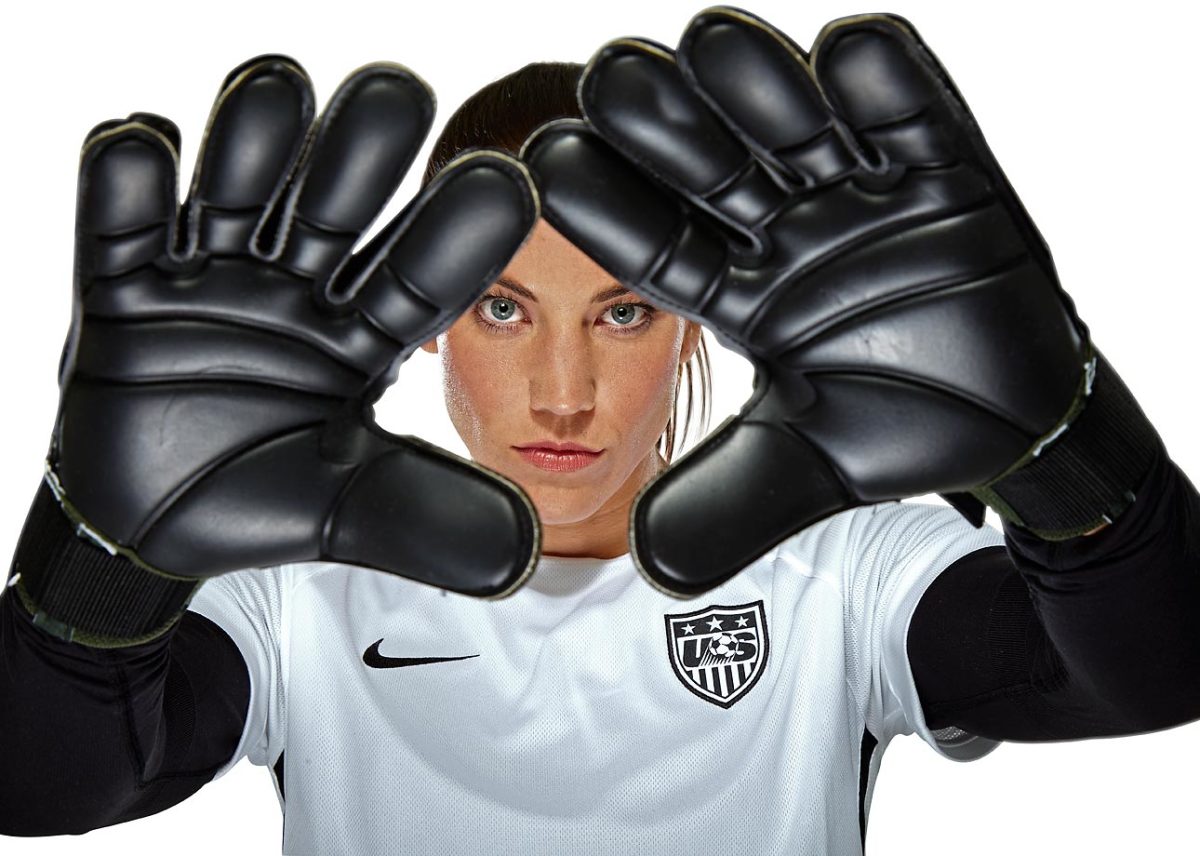
Abby Wambach - FORWARD
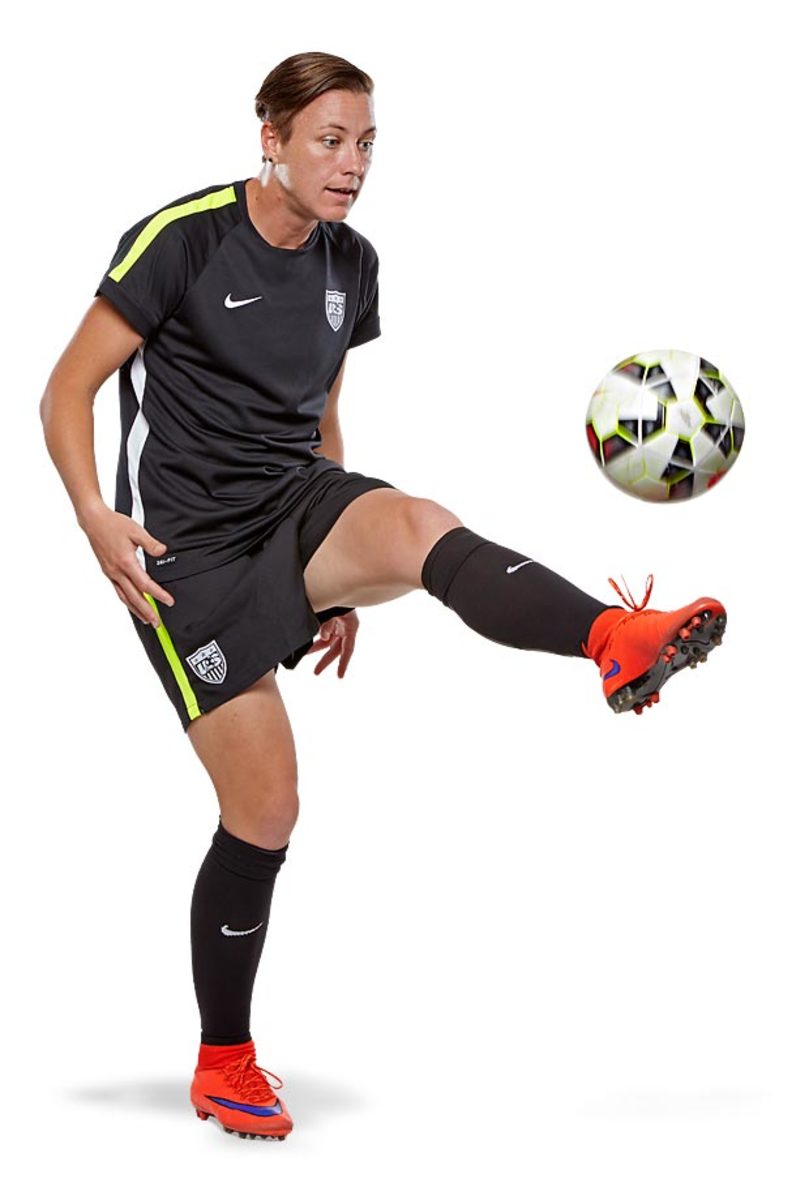
Amy Rodriguez - FORWARD
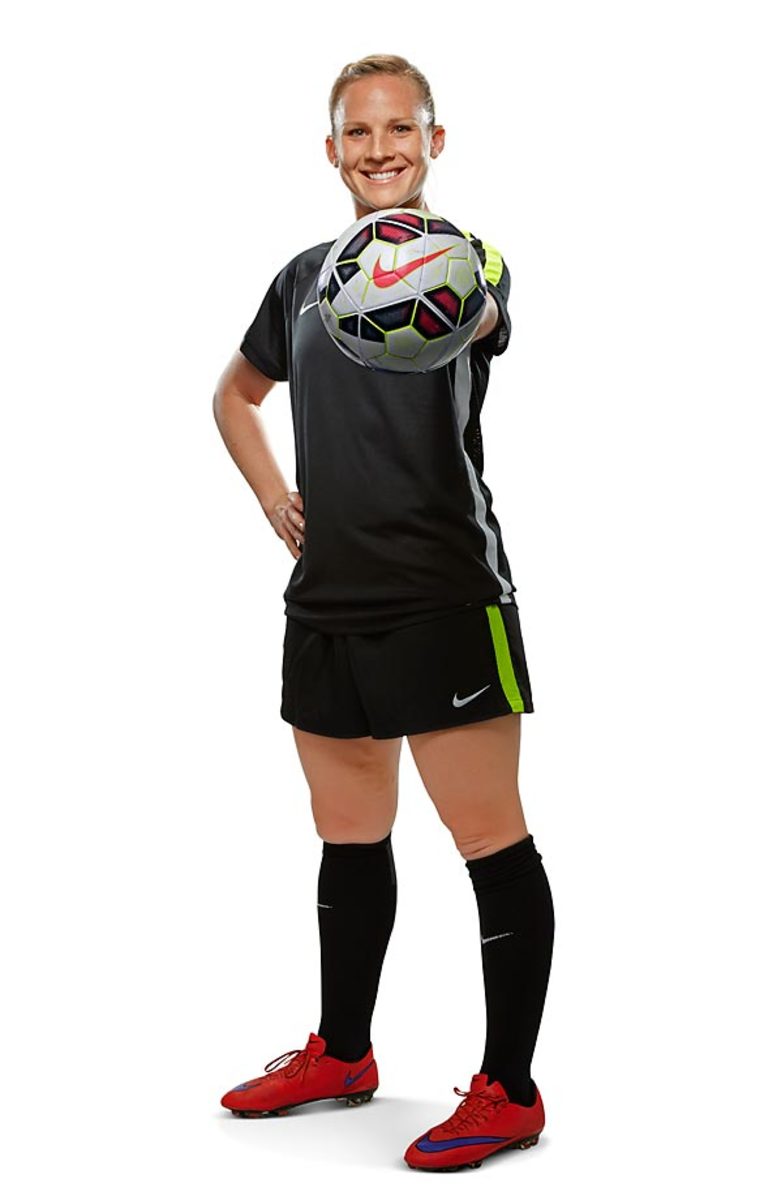
Christen Press - FORWARD
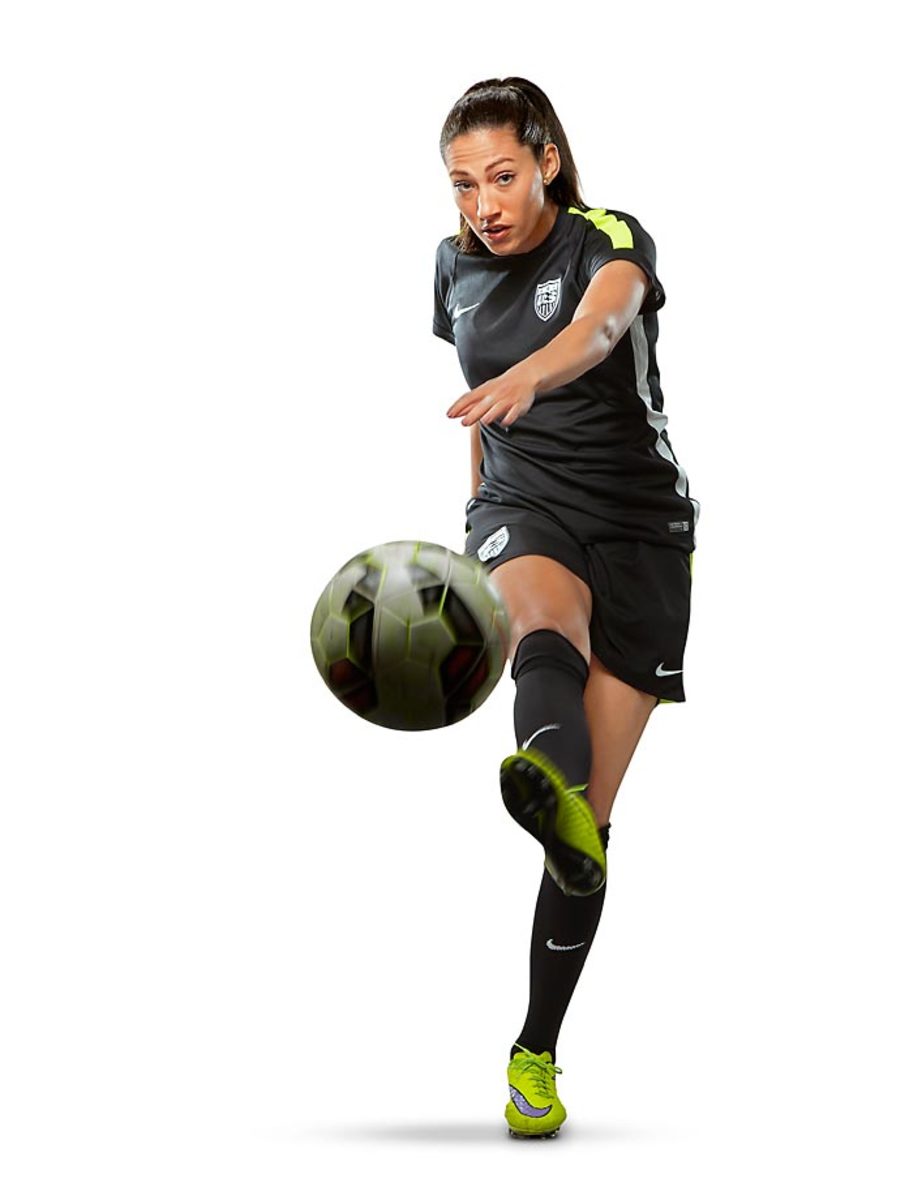
Sydney Leroux - FORWARD
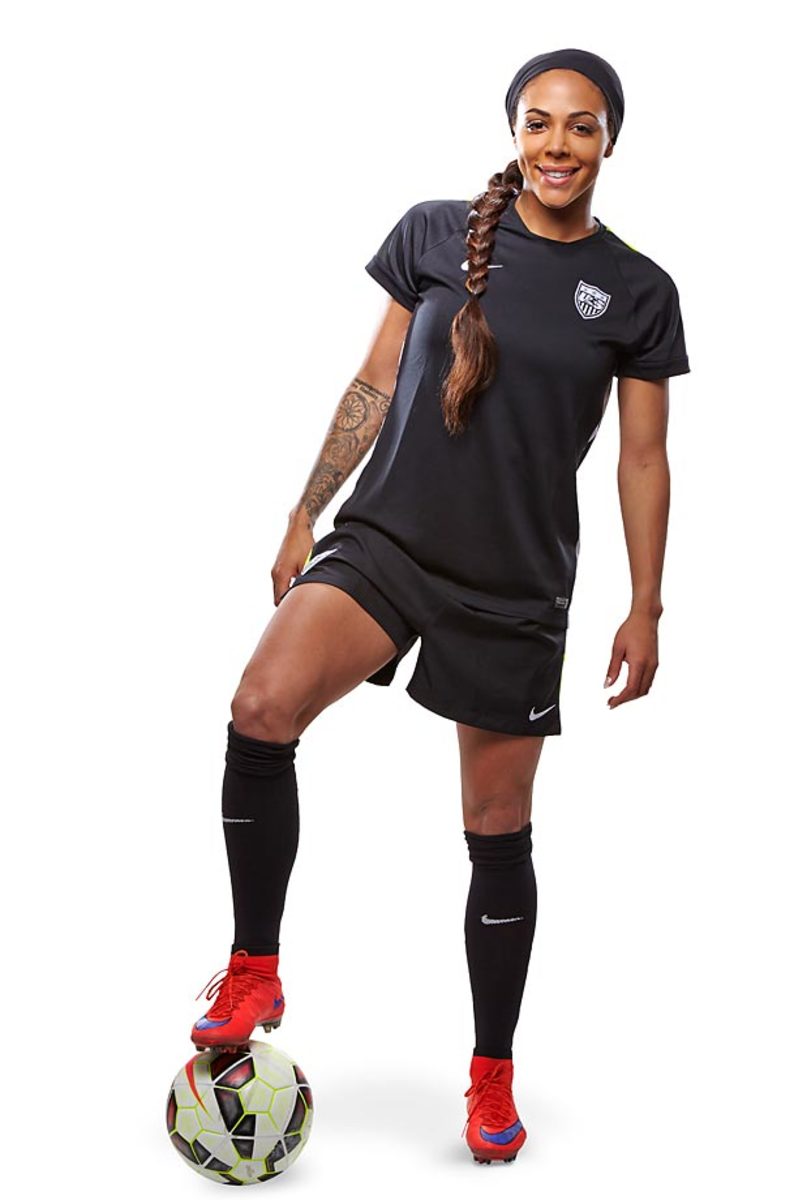
Alex Morgan - FORWARD
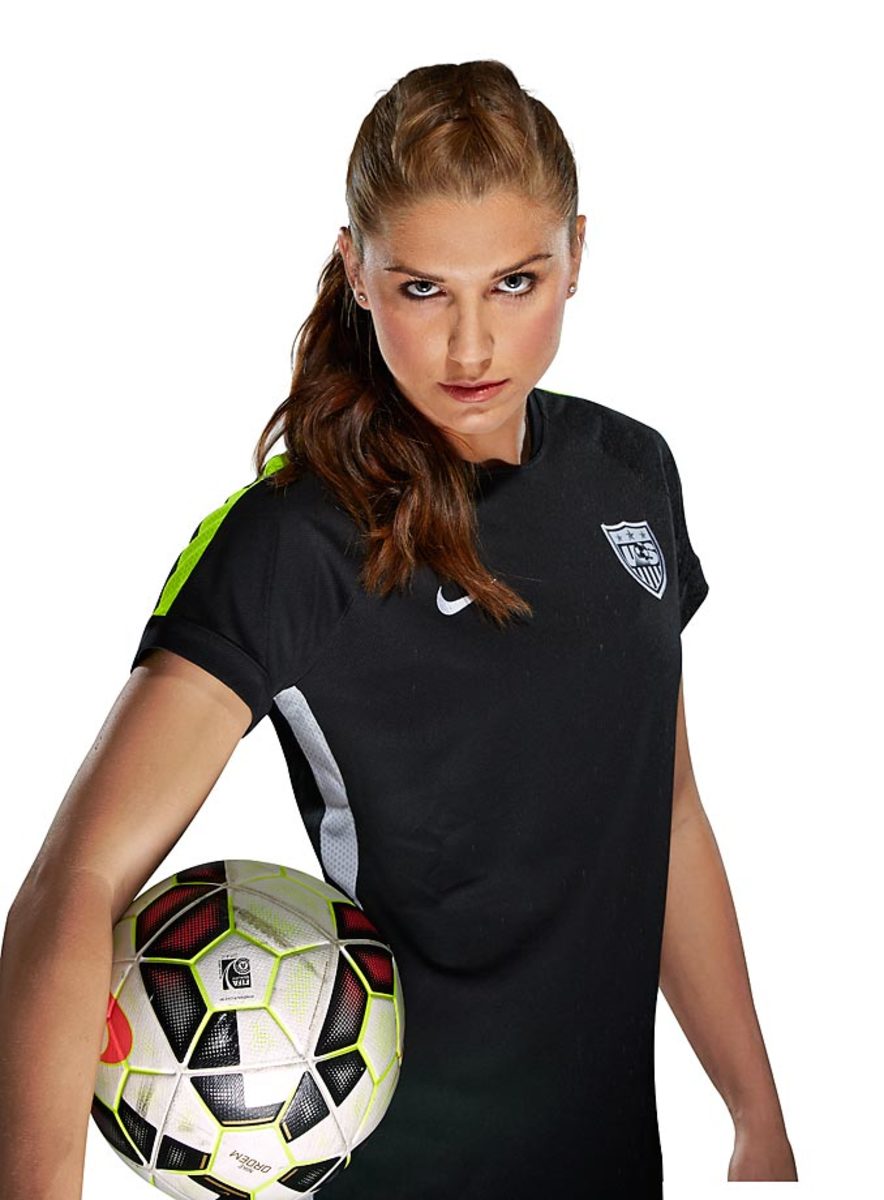
Carli Lloyd - MIDFIELDER
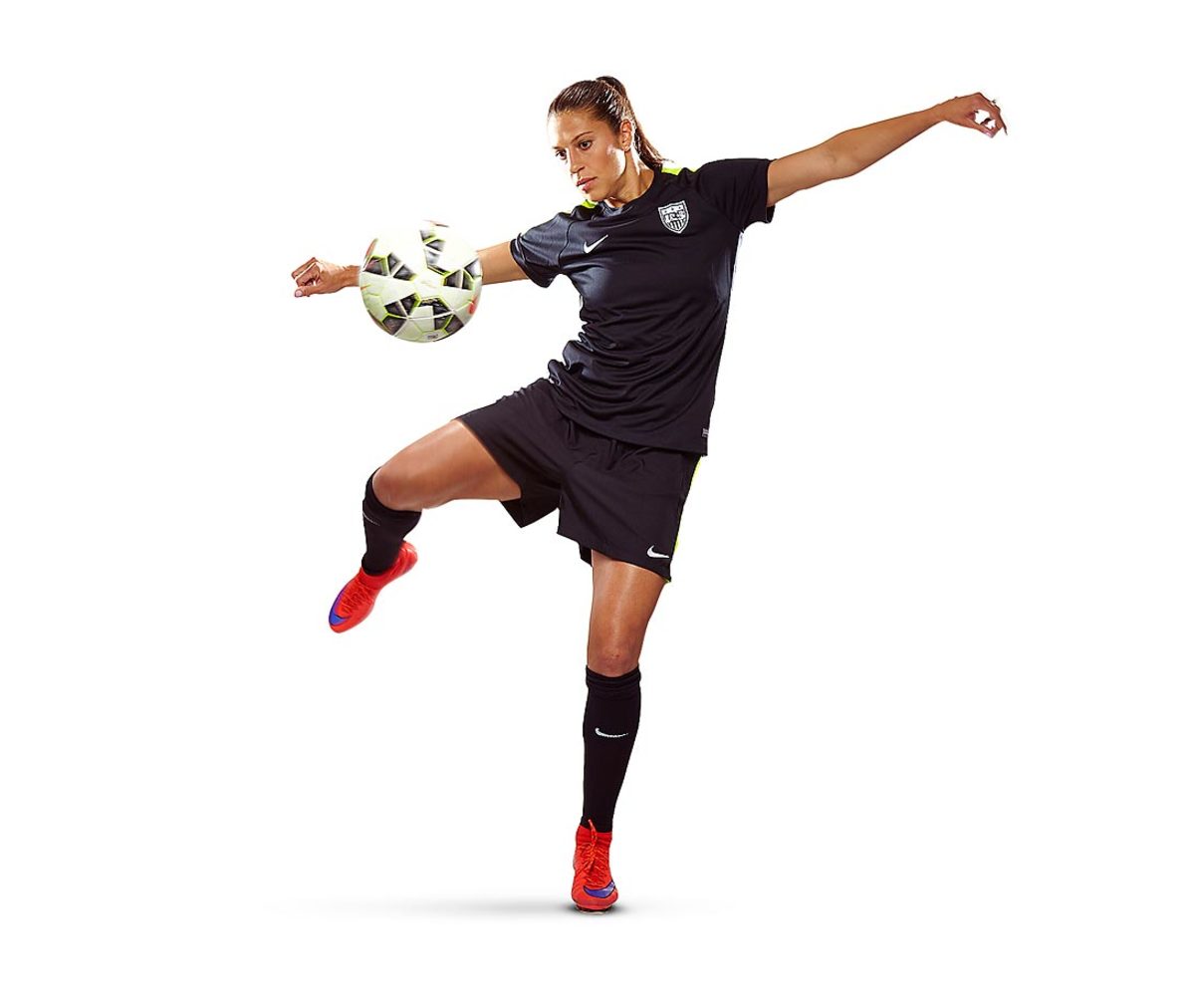
Heather O'Reilly - MIDFIELDER
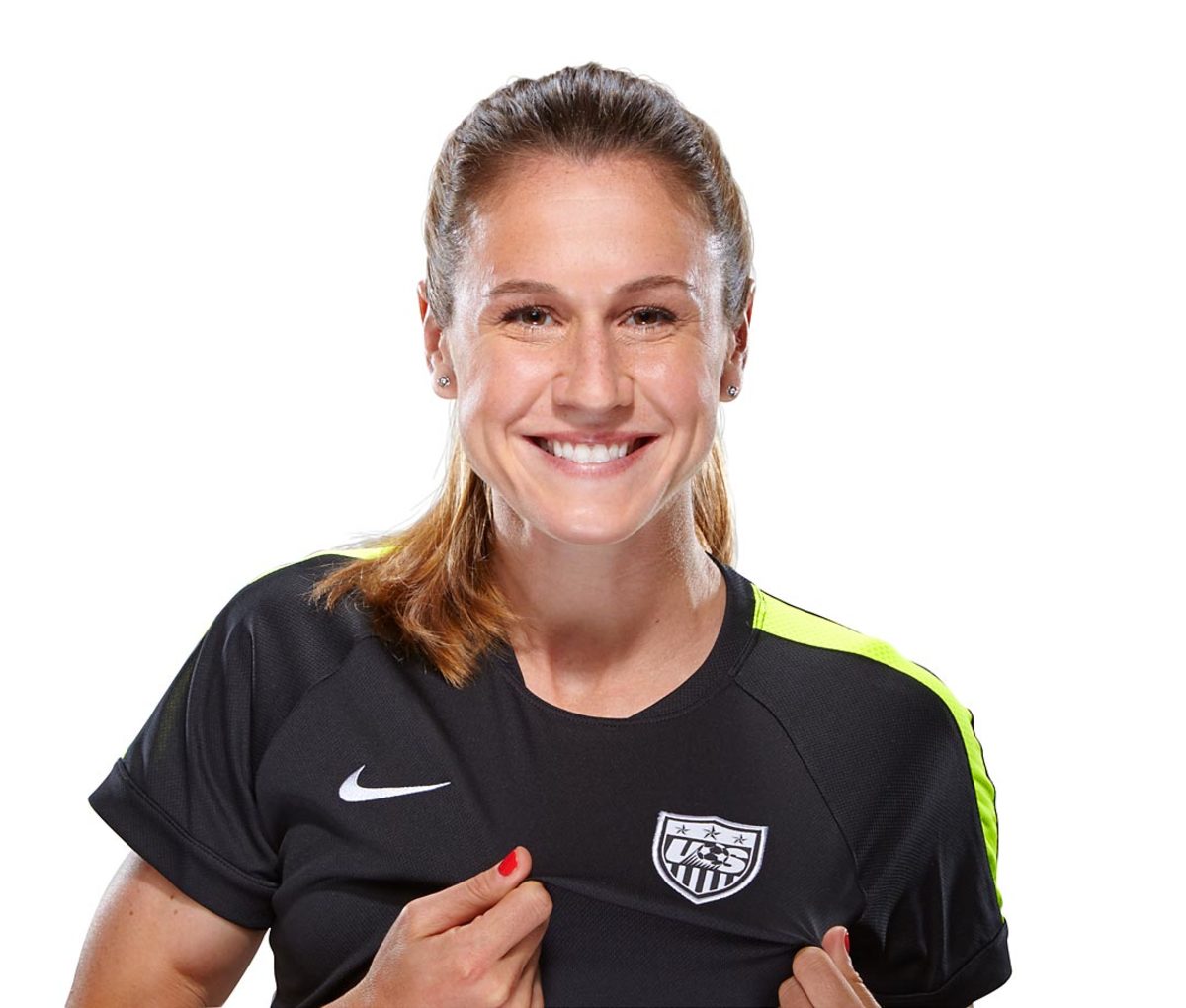
Lauren Holiday - MIDFIELDER
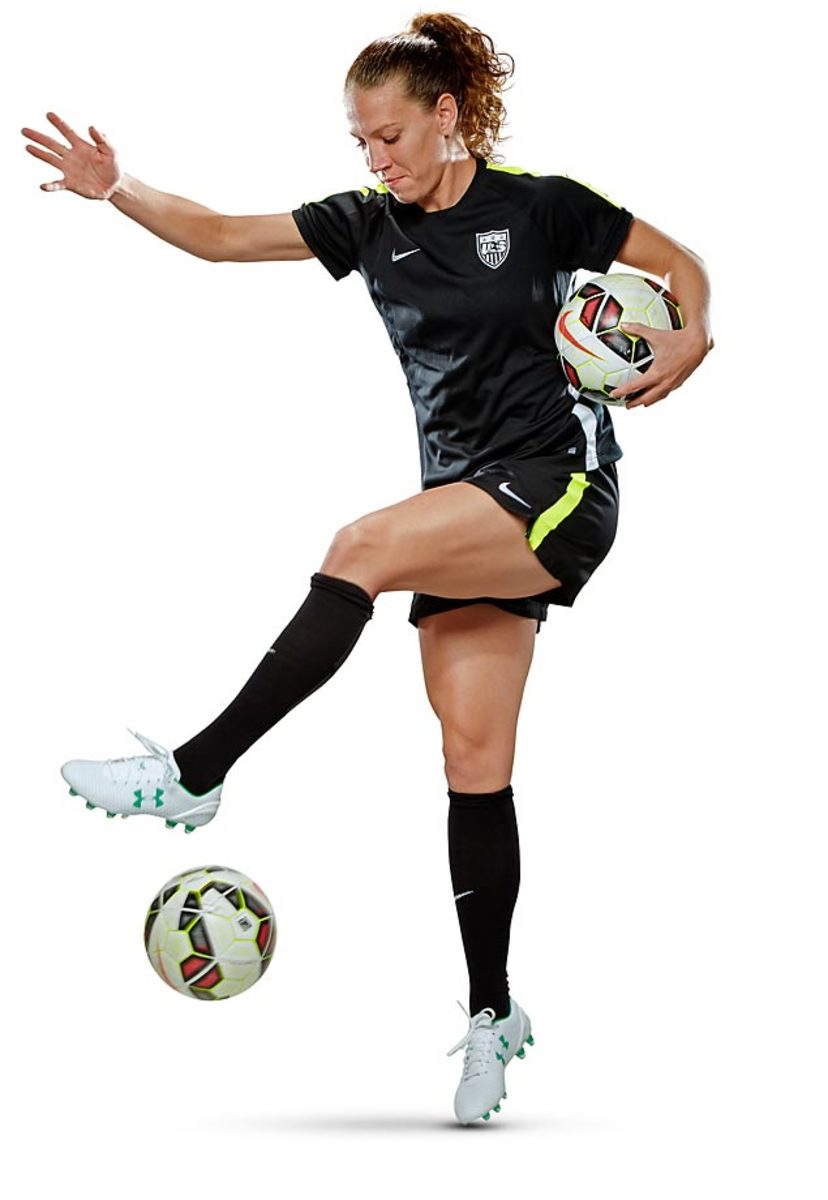
Megan Rapinoe - MIDFIELDER
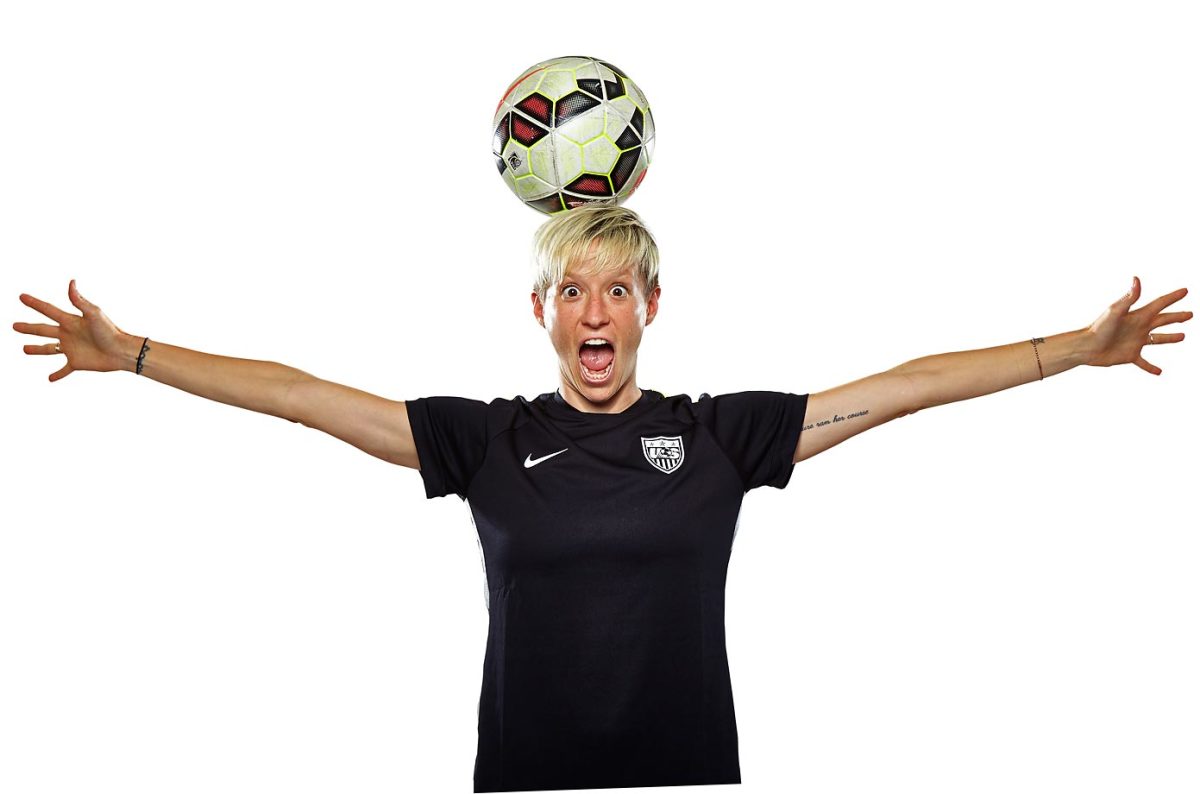
Morgan Brian - MIDFIELDER
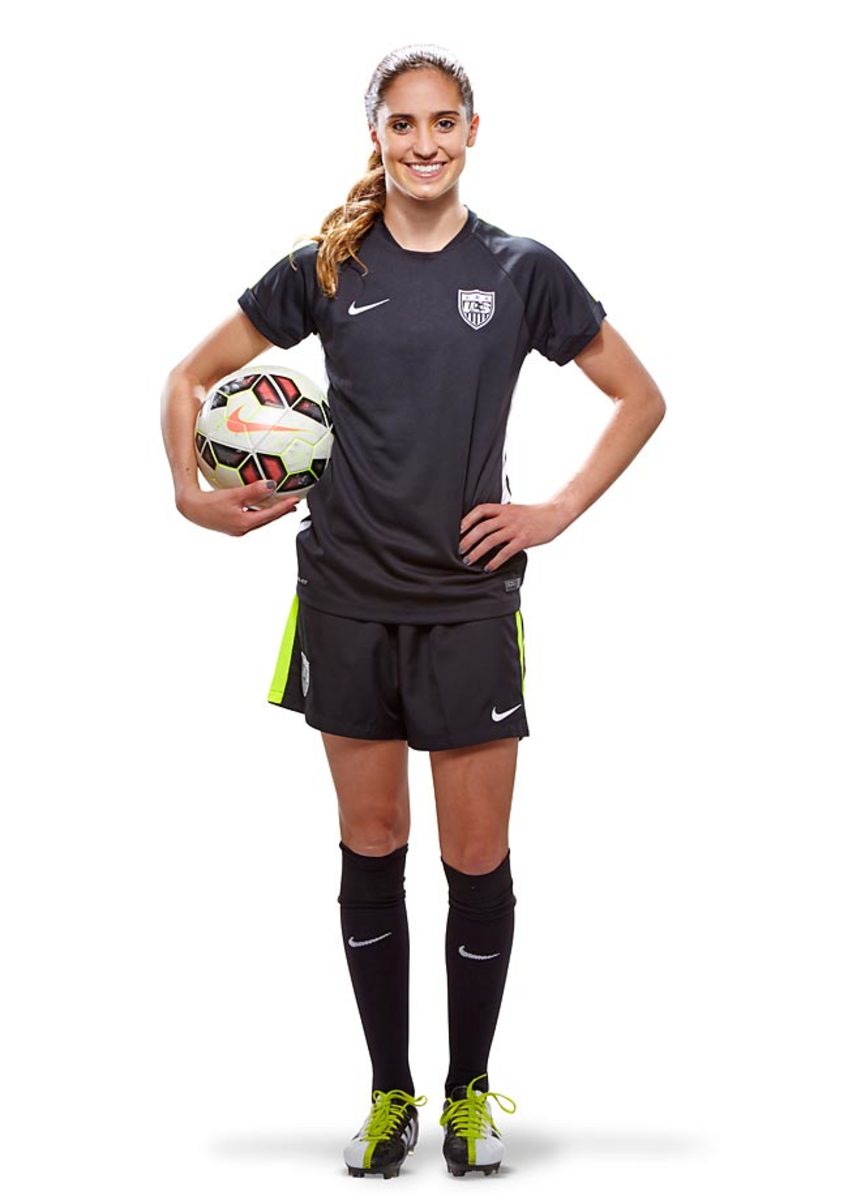
Shannon Boxx - MIDFIELDER
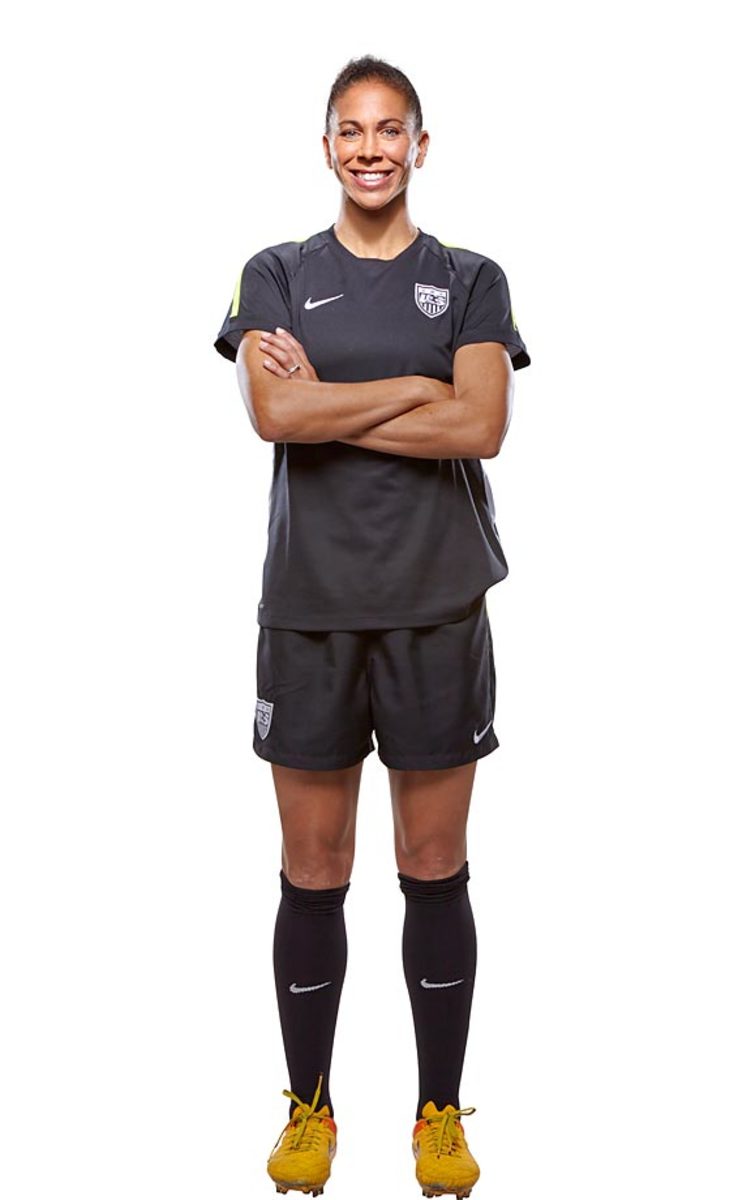
Tobin Heath - MIDFIELDER
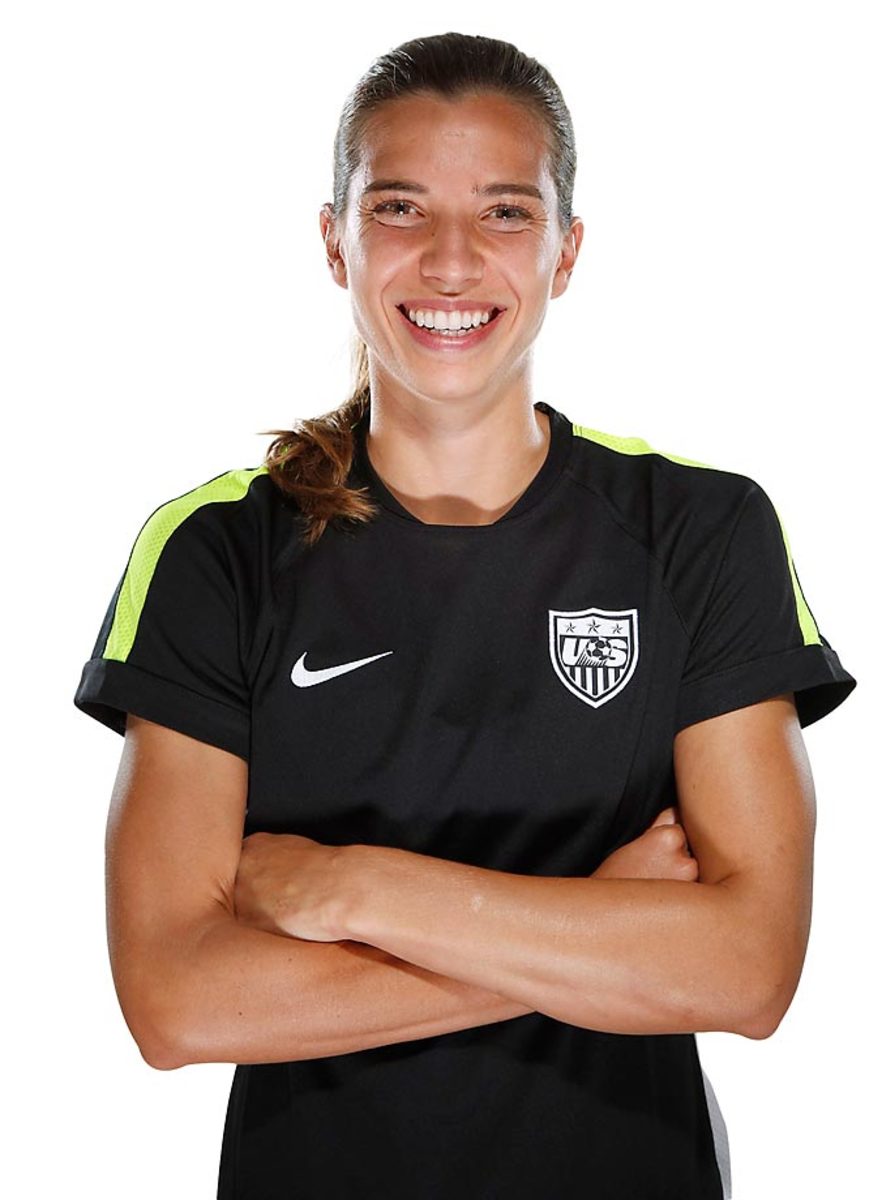
Whitney Engen - DEFENDER
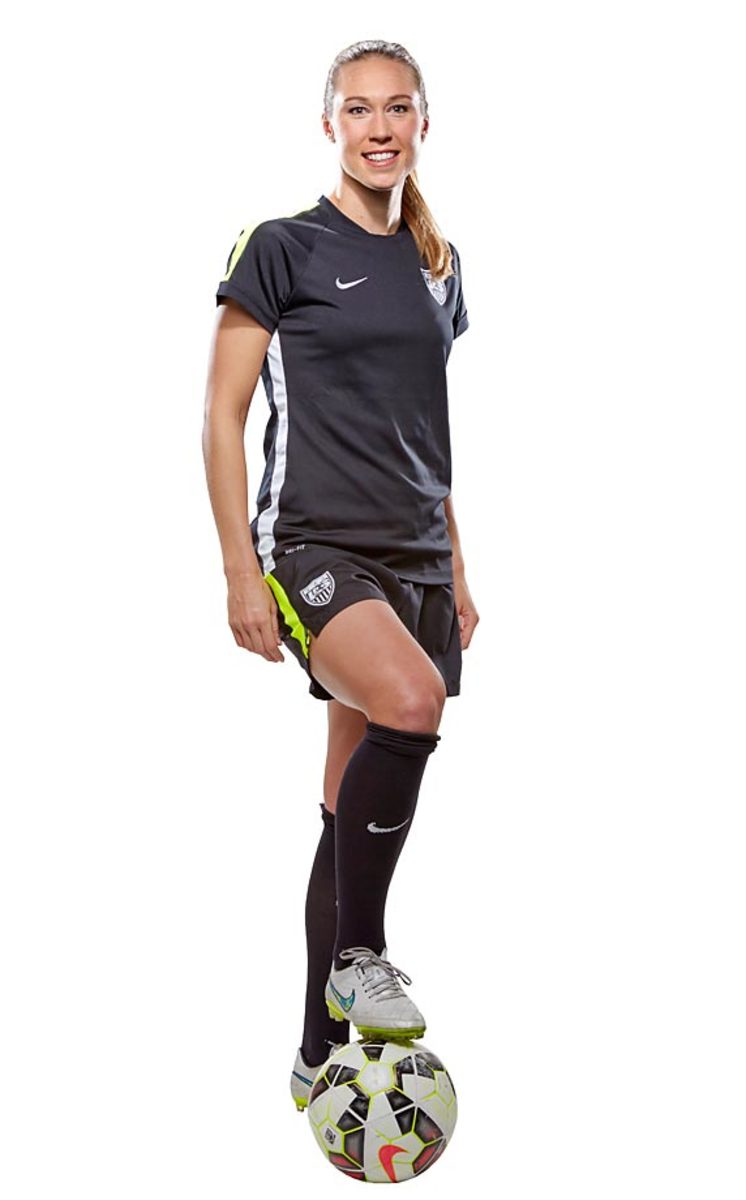
Meghan Klingenberg - DEFENDER
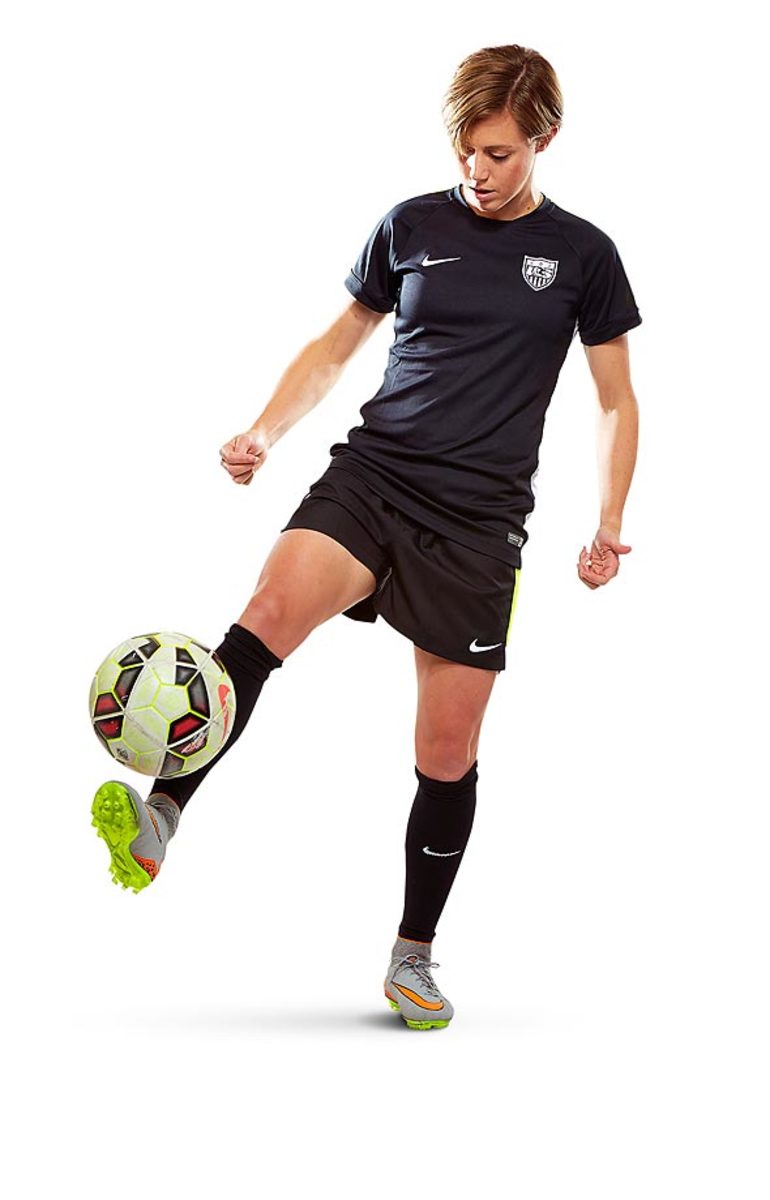
Julie Johnston - DEFENDER
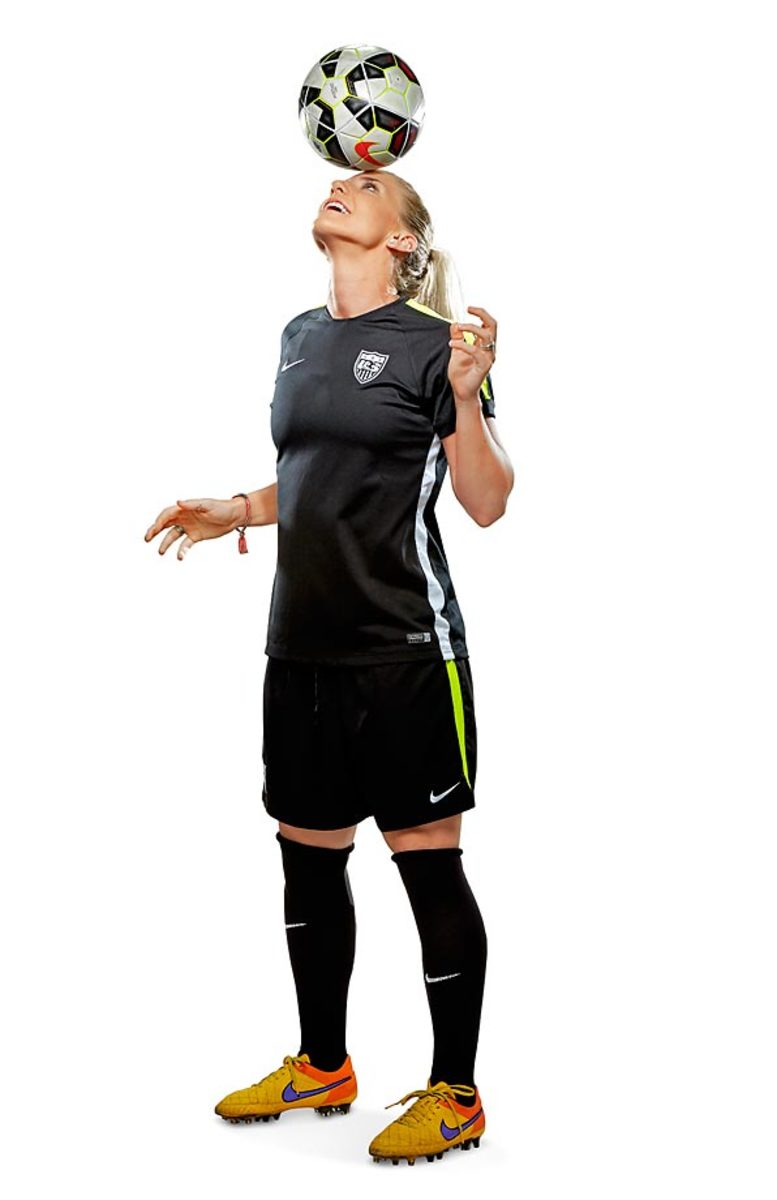
Ali Krieger - DEFENDER
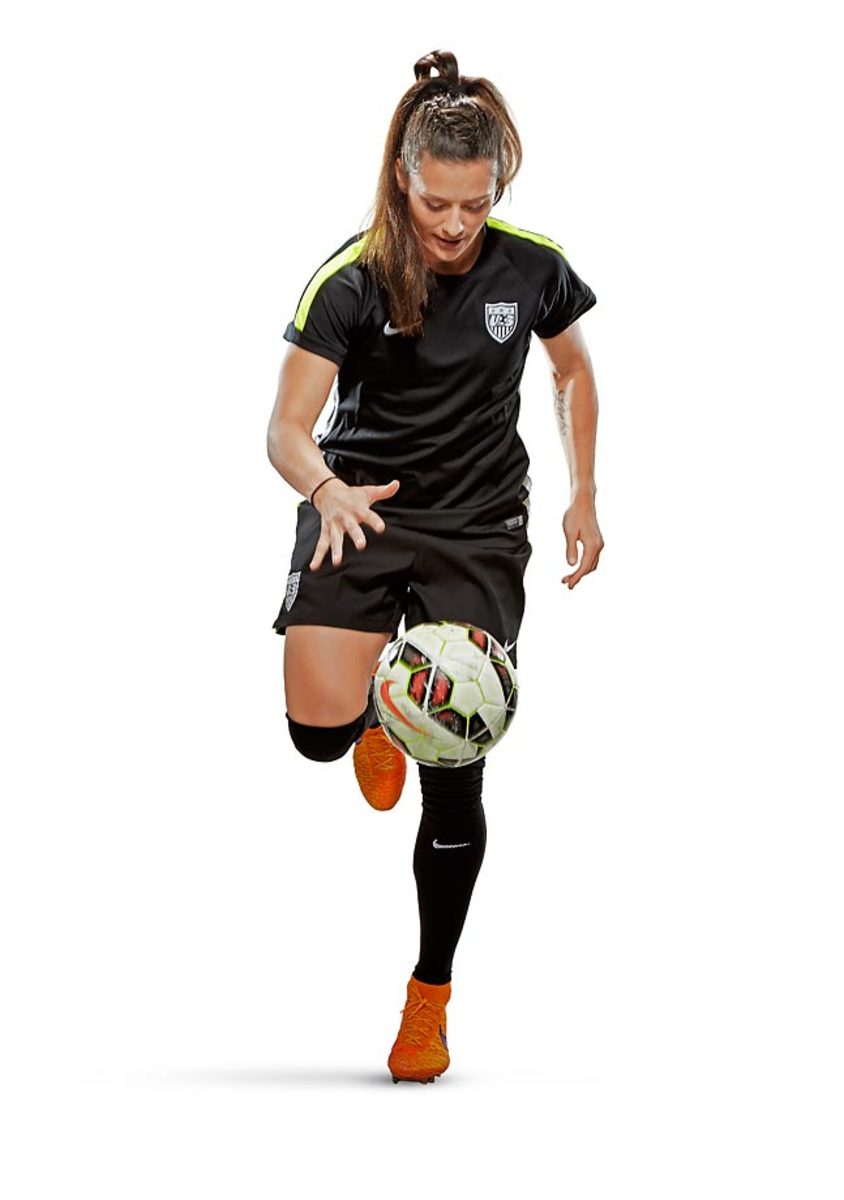
Kelley O'Hara - DEFENDER
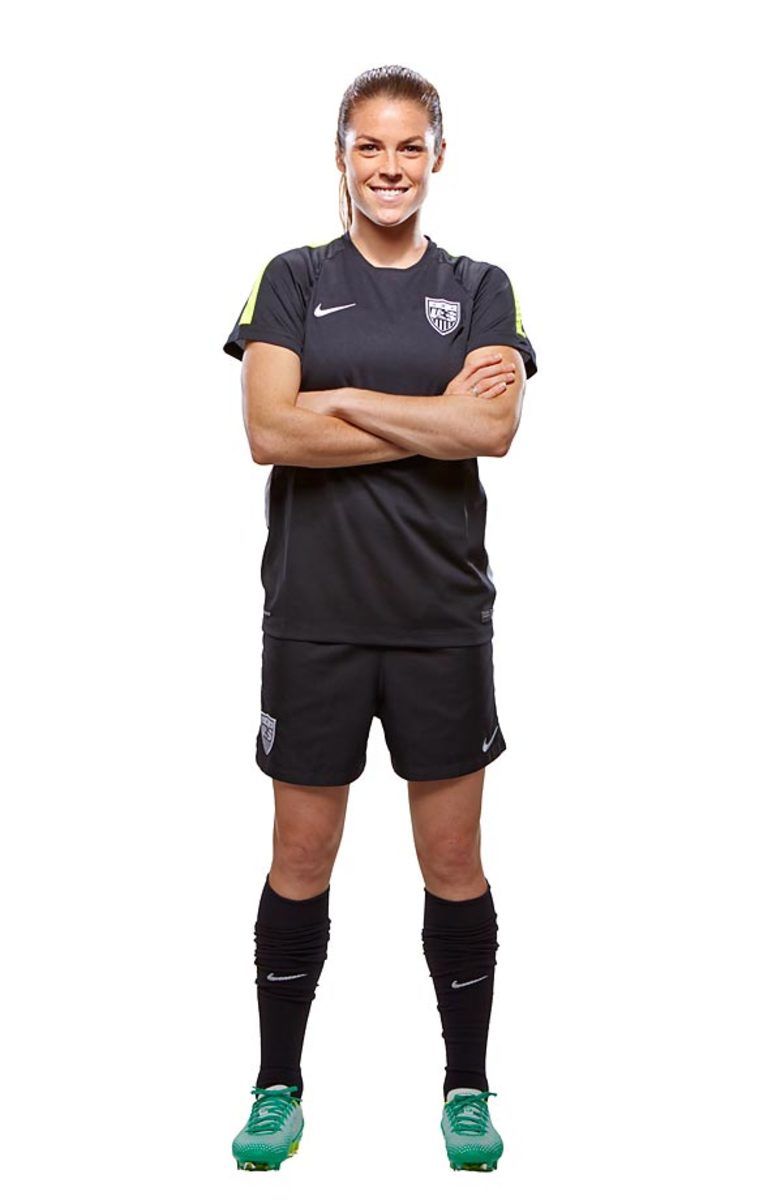
Becky Sauerbrunn - DEFENDER
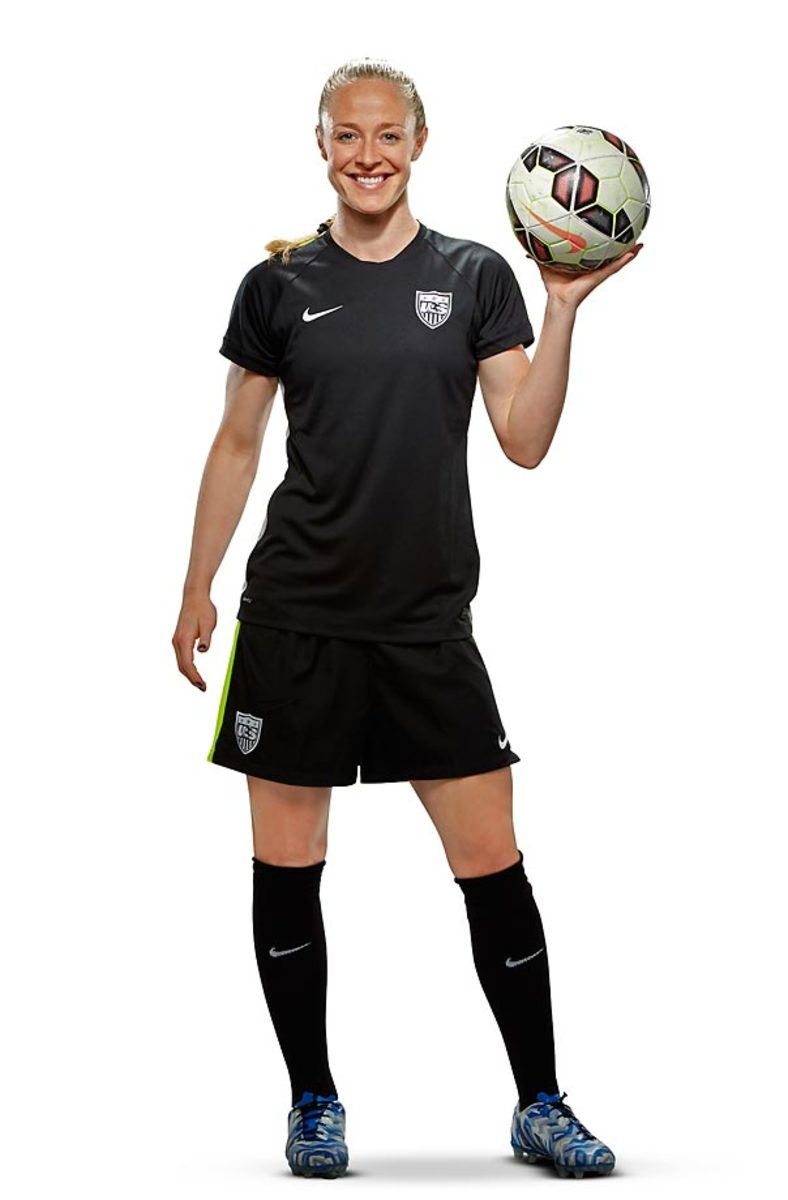
Christie Rampone - DEFENDER
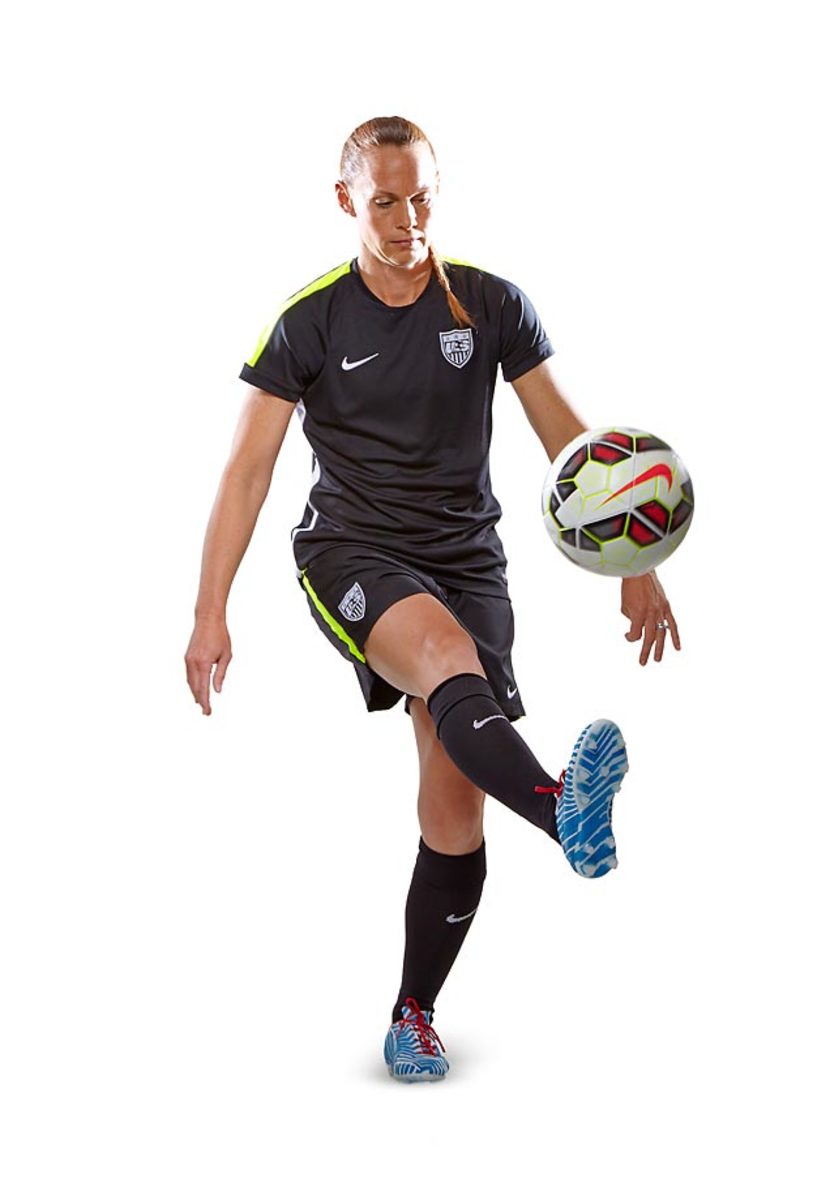
Lori Chalupny - DEFENDER
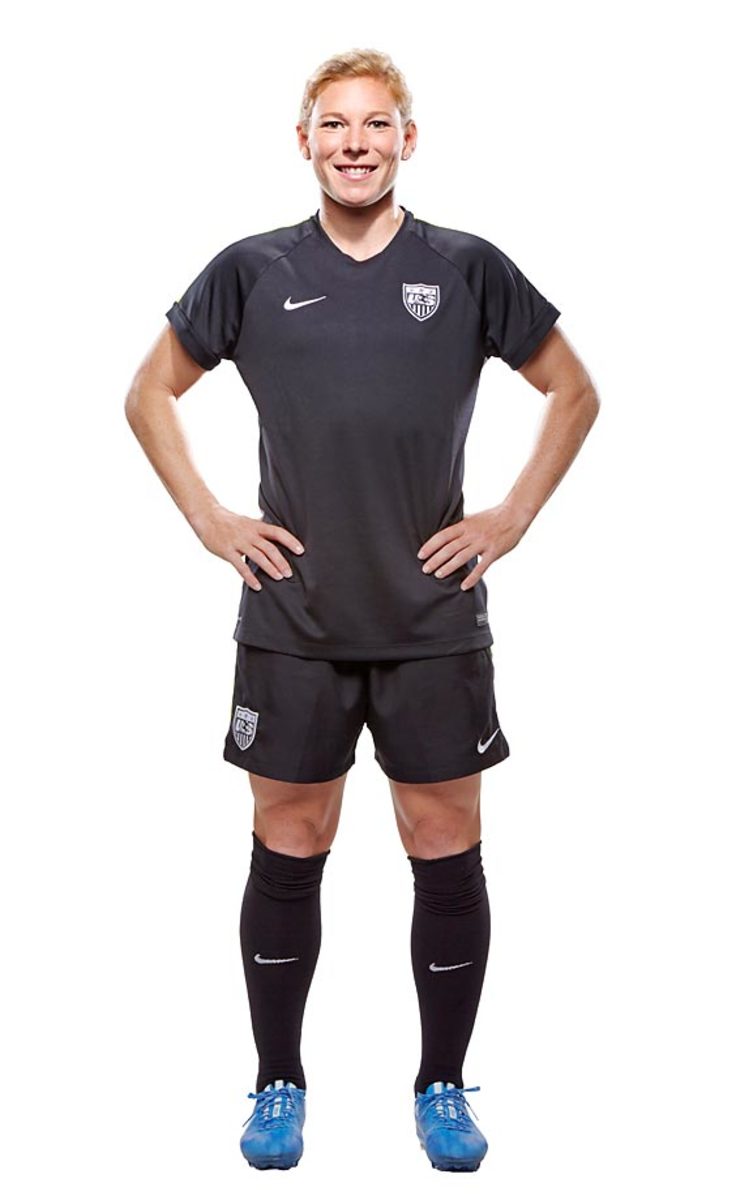
Alyssa Naeher - GOALKEEPER
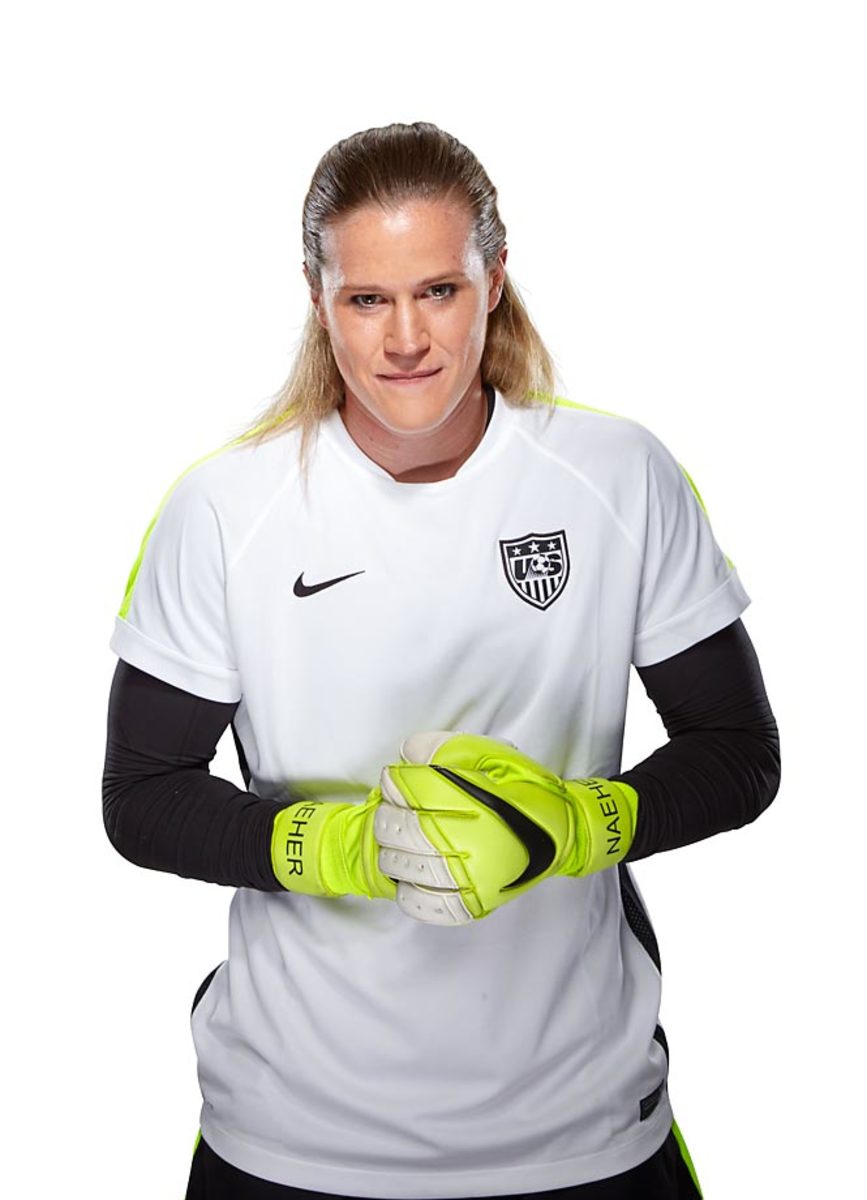
Ashlyn Harris - GOALKEEPER
